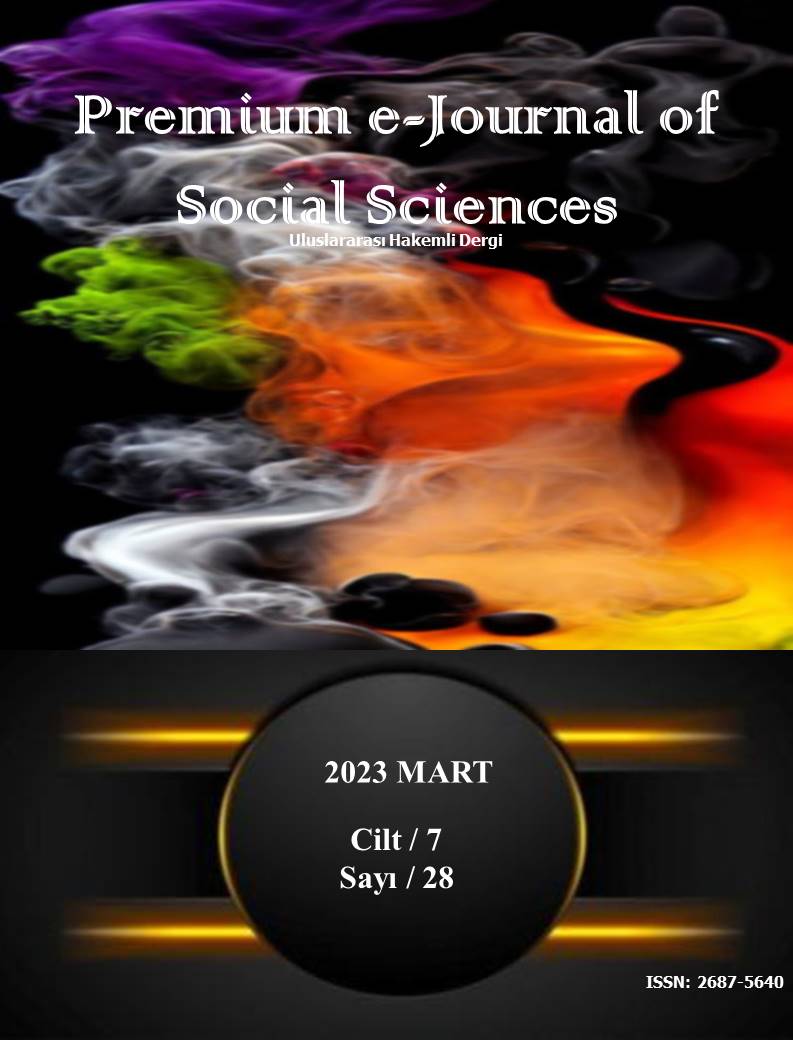HOMOMORALIS SEARCH IN PURCHASE BEHAVIORS OF VEBLEN’S LEISURE CLASS AND THE CONSPICUOUS WHO IMITATE THEM THROUGH VIGNETTES
DOI:
https://doi.org/10.37242/pejoss.4365Anahtar Kelimeler:
Veblen's leisure class, Vignette research, Purchasing behavior, Conspicuous Consumption, HomomoralisÖzet
Economics and marketing disciplines, which left behind the days when traditional theories were in competition with behavioral theories, where the basic view is to maximize self-benefit, have been busy with studies that question the limits of people's selfishness in recent years. In these studies, in which human behavior is considered the dependent variable, the independent variables constantly differ. In the research, in which different working methods are used, many independent variables such as psychology, genetics, neurology, sociology, personality, and environment can be mentioned. In this study, while the dependent variable remains the same as "human", the motives of non-producing and conspicuous consumers were tried to be determined by following the moral traces of Veblen's leisure class and conspicuous purchasing behaviors. Drawing attention to his findings opposing the law of demand of the economy, Veblen states that in some cases, the demand of some consumers for goods with higher prices may increase. He calls this group of consumers the leisure class. This class is a class that participates in the economy only through consumption. In addition, the class of conspicuous people trying to imitate the economic behavior of this class also emerged from Veblen's theory. The pretentious class, on the other hand, can be defined as consumers who participate in the economy through production, but who try to imitate the leisure class because of their spending behavior. Researching such consumer classes can be difficult, often due to social desirability. In other words, individuals may not want to admit it even if they are in the leisure class, or they may try to provide evidence that they are not, even though they are in the conspicuous class. For this reason, in this study, the vignette method, which has recently become widespread in the field of social sciences, was preferred in order to minimize socially desirable response errors. The results of the study conducted through the vignette method reveal that people who are estimated to be from the leisure class are more likely to display ethical behaviors about spending. In other words, the group that is only involved in the economy through consumption shows not only homoeconomicus but also homomoralis behaviors that try to maximize their own interests. In the conspicuous class, homomoralis traces are more obscure. As Veblen clearly states in his theory, conspicuous ones display changing behavior in front of others for the sole purpose of showing off.
İndirmeler
İndir
Yayınlanmış
Nasıl Atıf Yapılır
Sayı
Bölüm
Lisans
Telif Hakkı (c) 2023 Premium e-Journal of Social Science (PEJOSS)

Bu çalışma Creative Commons Attribution 4.0 International License ile lisanslanmıştır.


